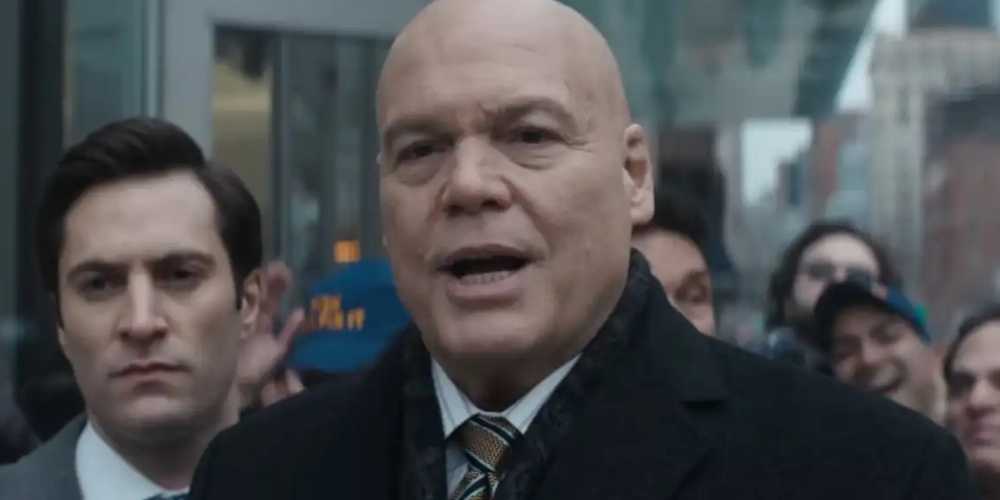New Daily:
Israeli forces will begin some “ground attacks” in villages in southern Lebanon, targeting Hezbollah strongholds. When the Israeli invasion begins, the ghost of past raids on the Levantine state is still present in the minds of its cities. The last invasion, the 2006 Lebanon War, was a 34-day conflict that exposed military, political and strategic gaps on both sides. The Israeli forces, initially confident of their superiority, were quickly undermined by Hezbollah's guerrilla tactics, resulting in heavy casualties in a stalemate that both sides declared as a victory.
Now, two decades later, the Israeli army appears to have internalized the conflict and is preparing for what could be the most decisive military intervention in its history as Hezbollah, whose leader Hassan Nasrallah was killed in an air strike in Beirut two days ago.
1982: First invasion
Israel's invasion of Lebanon in 1982, which grew out of Hezbollah, was born out of Israel's invasion of Lebanon in 1982. With Israel's invasion of Lebanese territory, especially in the eastern Bekaa region of the country, Hezbollah emerged as a resistance force as a resistance force. Apoio do Irão. Corpo da Guarda Revolucionária (IRGC). Over time, Hezbollah became a more powerful actor that had no presence in the Middle East and a chronic thorn in Israel's side.
Lebanese military forces during the 1982 war with Israel
Image source: Getty
Three years later, in 1985, Hezbollah took a more formal form by establishing its military arm, the Islamic Resistance in Lebanon. The first operations focused on guerrilla suicide attacks, especially targeting southern Israeli forces, several times in coordination with the South Lebanon Army, a mostly Christian militia allied with Israel.
2006 Lebanon War
The 2006 Lebanon War began on July 12, when Hezbollah fighters carried out a cross-border attack, capturing two Israeli soldiers and killing three others. What followed was an escalation of the military conflict that saw Israeli forces advance into southern Lebanon to confront Hezbollah. However, from the beginning, the Israeli army would face unexpected resistance.
Less than half a mile from Lebanese territory, Israeli soldiers are fighting fierce battles like those of Hezbollah. The 34-day conflict saw 121 Israeli soldiers killed, several tanks destroyed by shoulder-fired missiles, and Hezbollah's continued ability to launch shooting attacks against Israel.

Israeli tanks invade Lebanon in 1982.
Image source: Getty
Former Israeli Prime Minister Ehud Olmert, who led the country during the war, later spoke out about the shortcomings of the conflict, suggesting that the IDF was not prepared for an open ground operation. The Winograd Commission, a government-appointed body charged with evaluating the war's results, accused the Israeli leadership of hastening a poorly planned operation. Intelligence failures, logistical errors, and underestimation of Hezbollah's capabilities led to what the committee described as a “dangerous and wasted opportunity” to strike a more decisive blow against the armed group.
Despite these setbacks, the war officially ended with Israel and Hezbollah declaring victory. The Israeli army inflicted heavy damage on Hezbollah as Hezbollah was able to resist the attack and continue launching attacks until the ceasefire after the UN came into effect.
Learning like the past
Now, as Israeli forces prepare for another possible invasion of Lebanon, the 2006 releases are considered key to their strategy. In recent weeks, Israel has taken a pre-emptive approach, targeting Hezbollah's logistical and communications infrastructure. Major weapons depots were destroyed and senior Hezbollah leaders, including Nasrallah, were eliminated. The beheading of Hezbollah's leadership shocked an organization that had built its identity around resistance to Israeli incursions.


An Israeli tank in Lebanon during the 2006 war.
Image source: Getty
These attacks are the culmination of years of information gathering and military planning. In contrast to 2006, when Israeli forces began identifying and targeting Hezbollah sites, Israel appears to have built a strong intelligence network capable of locating key Hezbollah assets. Military exercises, revised combat plans and a multi-layered air defense system now form the backbone of Israel's defensive and offensive power.
Hezbollah, which has amassed an arsenal of nearly 150,000 weapons and weapons, has been significantly weakened in recent weeks. With its disorganized leadership and hundreds of dead and wounded fighters, it is not clear which point or group can effectively meet the challenge.
Regional climbing area
Empora, Israel's military power has increased significantly since 2006, and the landscape of the region has also changed. One of Israel's most pressing concerns is the potential for the conflict to expand beyond Lebanon's borders. Relations between Hezbollah and Iran lead to increased coordination between Iranian-backed militias in Iraq and Syria and in Iraq. There is a real danger that the war could turn into a regional conflagration. The Eixo Irish Resistance – a group of successful militias armed throughout the Middle East – is capable of launching ballistic missiles against Israel.
Tirao, which has invested heavily in Hezbollah's military infrastructure over the past two decades, will not be able to stand idly by while Israel continues its offensive. In such a scenario, the risk of Iranian forces or their representatives becoming directly involved in the conflict increases, which could draw the United States and other regional powers into the fold.
Challenges of ground invasion
A ground invasion of Lebanon carries with it great risks. Hezbollah, now weakened, continues to pose a threat to Israeli forces, especially in direct combat. Over the course of two years, Hezbollah succeeded in developing an extensive defense infrastructure, including tunnels, bunkers and fortified positions, which would turn any ground operation into a bloody, protracted conflict – as demonstrated by Israel's ongoing war in Gaza, where it has faced A similar armed conflict.


A fire as a result of an Israeli bombing in the southern Lebanon area.
Image source: Agence France-Presse
Hezbollah fighters are also hardened by their involvement in the Syrian civil war, fighting alongside Syrian President Bashar al-Assad's forces against a variety of rebel groups.
Rising to these challenges lies in the terrain of southern Lebanon, a region that Hezbollah knows intimately. The dense urban and mountainous landscape provides ample cover for fighters, making it difficult for Israeli forces to confront Hezbollah without suffering significant casualties.
Hezbollah's response
For its part, Hezbollah also learned from its previous meetings with Israel. After the 2006 conflict, former Hezbollah leader Hassan Nasrallah admitted that the group had miscalculated Israel's response to its cross-border attack. In the following years, with support from Iran, Hezbollah strengthened its military capabilities. He has amassed a massive arsenal of weapons, missiles and drones, while building complex defenses in southern Lebanon.
However, with the death of Nasrallah and other senior Hezbollah leaders, the organization's ability to coordinate a response consistent with Israeli attacks is at stake. To the extent that Hezbollah is able to resist an Israeli military attack, it will ultimately be able to rely on the role that Iran plays in the conflict. Tirau is reported to be using Hezbollah as a proxy to exert influence in the region and challenge Israeli power. As Hezbollah now recovers from two recent attacks by Israel, Iran may seek to provide additional support to prevent the collapse of its most important ally in the Levant.



